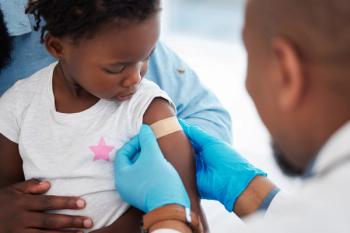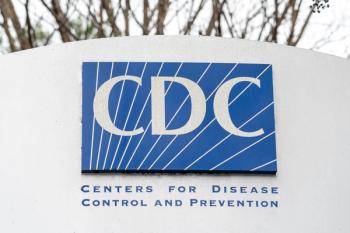
Consumer wearables predict postoperative complications in children undergoing appendectomy
Wearable-derived biorhythms predicted postoperative complications in children up to 3 days early, offering a new tool for remote pediatric monitoring.
Postoperative complications in pediatric surgical patients remain a critical concern, with timely detection after hospital discharge posing ongoing challenges. A recent study published in Science Advances evaluated the use of consumer wearable devices to monitor children after appendectomy and demonstrated that algorithmically derived biorhythms can predict complications up to 3 days before formal diagnosis with high sensitivity and specificity.1,2
The study was led by researchers from Shirley Ryan AbilityLab, Ann & Robert H. Lurie Children’s Hospital of Chicago, and the University of Alabama at Birmingham. The investigators enrolled 103 children, aged 3 to 18 years, who underwent laparoscopic appendectomy for complicated appendicitis. Each participant was provided with a commercially available Fitbit device to be worn for 21 days postoperatively. The devices collected per-minute heart rate and step count data, along with daily sleep metrics.
“Today, consumer wearables are ubiquitous, with many of us relying on them to count our steps, measure our sleep, and more,” said Arun Jayaraman, PT, PhD, the study’s senior author. “Our study is the first to take this widely available technology and train the algorithm using new metrics that are more sensitive in detecting complications.”
Researchers trained a machine learning model using 31 biorhythm metrics that captured circadian and ultradian rhythms from wearable-derived activity and heart rate data. Rather than using conventional summaries such as total step counts or average heart rate, the team extracted metrics via periodogram analysis, cosinor regression, and chronobiological principles. These methods quantified rhythm strength, phase shifts, variability, and goodness-of-fit for 24-hour cycles.
Among the 94 children included in the final analysis, 13 (13.8%) experienced postoperative complications. These included intra-abdominal abscess (n=10), superficial surgical site infection (n=2), and small bowel obstruction (n=1). The machine-learned model predicted complications up to three days in advance with 91% sensitivity and 74% specificity.
The authors found that children with complications exhibited significantly disrupted biorhythms, particularly in circadian amplitude and variability. Notably, heart rate and step count rhythms lacked the 24-hour periodicity seen in children with normative recovery. “By using widely available wearables, coupled with this novel algorithm, we have an opportunity to change the paradigm of postoperative monitoring and care—and improve outcomes for kids in the process,” said Fizan Abdullah, MD, PhD, co-author and pediatric surgeon.
Activity-based biorhythm features contributed more to model performance than heart rate–based features. This finding is consistent with prior work suggesting the predictive utility of physical activity patterns in assessing recovery. Despite missing data, a common limitation in wearable device studies, the model’s accuracy was not significantly diminished when data were sampled at 120-minute intervals, highlighting the approach’s robustness.
The study also differentiated children with abnormal symptoms that did not result in complications. In this subgroup, activity biorhythms resembled normative recovery, while heart rate biorhythms fell between normative and complicated recovery profiles. The authors suggest that this distinction may help reduce unnecessary emergency department visits and diagnostic evaluations.
“This study reinforces wearables’ potential to complement clinical care for better patient recoveries,” said Hassan M.K. Ghomrawi, PhD, MPH. The authors propose that real-time implementation of this monitoring framework could enable automated alerts to clinical teams, facilitating earlier intervention and improved care coordination.
This research is part of a 4-year project funded by the National Institutes of Health. Future directions include expanding the methodology to other pediatric surgeries and clinical scenarios, integrating the model with electronic health record systems, and validating the findings in multicenter prospective studies.
References:
- Hua R, Carter M, O'Brien MK, et al. Biorhythms derived from consumer wearables predict postoperative complications in children. Sci Adv. 2025;11(28):eadv2643. doi:10.1126/sciadv.adv2643
- Shirley Ryan AbilityLab. Stepping up the potential of wearables: predicting pediatric surgery complications. EurekAlert! July 9, 2025. Accessed July 11, 2025. https://www.eurekalert.org/news-releases/1090476
Newsletter
Access practical, evidence-based guidance to support better care for our youngest patients. Join our email list for the latest clinical updates.










